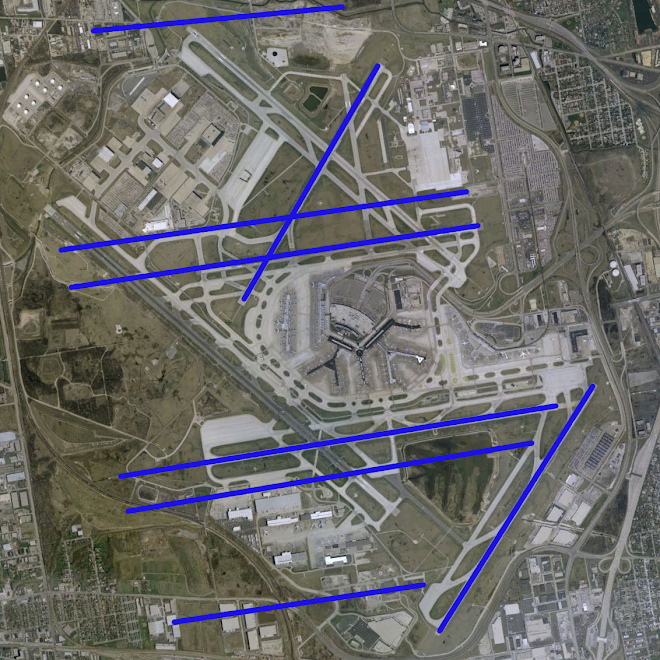Is the major airlines’ rejection of further O’Hare Airport expansion a death knell for the $15-billion-plus project, or is it, as the Daley administration asserts, just a hiccup in the process, caused, in part, by the current economic downturn?
Predictions are risky, but without the airlines shoveling billions of dollars into the expansion, as the Daley administration was counting on, it’s hard to see where the money will come from. Except from you, the passenger, in the form of exorbitantly higher taxes.
Chicago had trouble enough overcoming the many objections for Phase I of the expansion project, which included the new northern runway opened today with great fanfare. Financing always has been a problem, and the airlines never committed to funding Phase II. Now, the airlines have gone even further, by telling the Federal Aviation Administration that the expansion should be stopped.
Rosemarie Andolino, the city’s director of the project, ridiculously claimed that the airlines refusal was nothing new, and if she believes that, she should look at the loss in value of the O’Hare bonds after the story came out this morning. The city several years ago engineered an increase in the seat tax charged to passengers to help fund the project, but the tax could never produce enough revenues to complete the project, even amortized over the next generation.
The airlines’ objections also re-open a new front in the controversy: the technical viability of the project. Specifically, they ridiculed the idea of a new terminal on the airport’s western boundary as “ill-conceived,” reflecting the opponents’ criticism. Chicago never explained—even to the airlines, we now discover—how the new western terminal, sitting in isolation miles from the main terminals—would work. Extension of the airport’s people mover between the terminals? If so, how much would that cost? And why isn’t that cost included in the overall project cost estimate? And where would the money come from?
That’s just one of the important questions that the city skips over. For example: the real restriction on O’Hare capacity is the crowded airspace serving O’Hare and Midway airports. That’s one of the reasons that the FAA and other aviation experts said that airline capacity expansion only can realistically come from a new south suburban airport. Chicago never has explained how it would expand the sky to accommodate the unrealistic number of flights it maintains the expansion could support.
Or this: Where would the promised, new western entrance go to accommodate the long-sought completion of the Elgin-O’Hare Expressway—now a freeway to nowhere—and a long-promised “ring road” around the airport. Project maps have never clearly shown the new route; the administration has failed to answer convincingly the most fundamental question of whether it would be on or off airport property. By almost everyone’s reckoning, the airport has no room for it. If it goes off the airport, it would lead to even greater dislocations of homes and businesses. No money is shown in the plan for this either.
Andolino laughably asserted that the inauguration of the new runway has proven expansion opponents wrong. If anything, it has revealed the dishonesty of the Daley administration: The new runway, the city originally asserted, would increase airport capacity. It won’t. About the only thing it has a chance of accomplishing, according to the FAA, is delay reduction delays, by an unimpressive average 30 seconds.
Too many obstacles, financial, technical and otherwise, stand in the way of the completion of the vast expansion project. Any rational person would say that the project is, or at least should be, dead, dead, dead. But then again, the project was never rational to start with.
Thursday, November 20, 2008
Subscribe to:
Post Comments (Atom)



_Final.png)
1 comment:
The "crossing runways" are cross-wind runways. They are not used on a normal basis. The parallel runway set up is the new design for all modern airports and is much safer as well as efficient. You clearly have no idea of what you're talking about.
Post a Comment